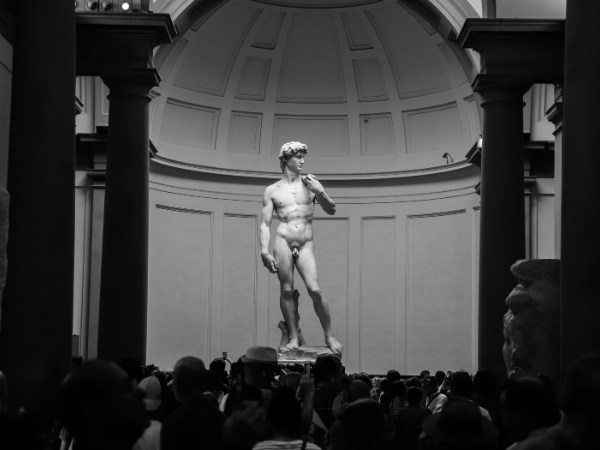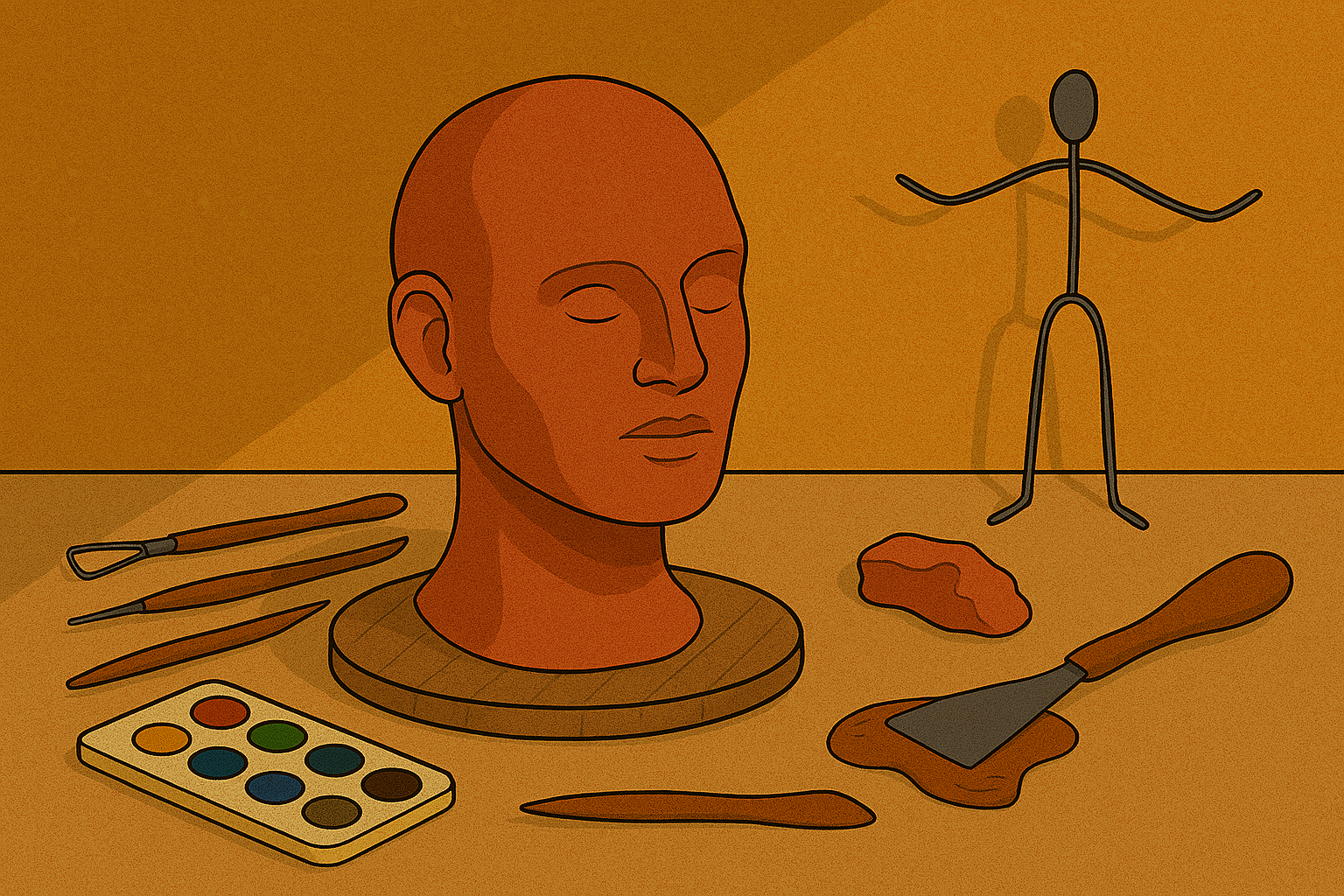The year 2025 marked a turning point in contemporary art, with exhibitions across the globe reshaping how audiences engage with creativity, identity, and technology. From retrospectives of legendary figures to groundbreaking showcases of emerging voices, the art world embraced diversity, innovation, and global dialogue like never before.
A Year of Global Artistic Dialogue
2025 was defined by exhibitions that transcended borders, bringing together artists and audiences from every continent. These shows highlighted the interconnectedness of today’s art world.
- Major retrospectives of David Hockney and Tracey Emin in Europe
- Landmark exhibitions in Asia spotlighting digital and performance art
- African and Latin American artists gaining unprecedented global visibility
- Biennales and triennials emphasizing cross-cultural exchange
- Museums collaborating internationally to share collections
This global dialogue underscored how contemporary art is no longer confined to regional narratives but thrives on shared human experiences.
Technology as a Creative Medium
Digital innovation took center stage in 2025, with artists using technology not just as a tool but as a medium in itself.
- Immersive virtual reality installations
- AI-generated artworks exploring authorship and originality
- Interactive digital sculptures and projections
- NFT-based exhibitions redefining ownership
- Hybrid shows blending physical and digital experiences
These innovations blurred the line between artist and audience, making exhibitions more participatory and dynamic. Technology became a language of creativity rather than a backdrop.
Revisiting Iconic Figures
While innovation thrived, 2025 also celebrated the legacies of iconic artists whose influence continues to shape contemporary practice.
- David Hockney’s largest exhibition to date
- Retrospectives of Jenny Saville and Anselm Kiefer
- Renewed interest in overlooked artists like Marisol Escobar
- Showcases of Leigh Bowery’s radical performance art
- Exhibitions honoring pioneers of feminist and queer art
By revisiting these figures, curators highlighted the continuity between past and present, showing how history informs today’s artistic experimentation.
Emerging Voices on the Global Stage
New generations of artists gained visibility in 2025, challenging traditions and offering fresh perspectives.
- Rashid Johnson’s explorations of identity and culture
- Rising Asian artists redefining performance and installation art
- African contemporary artists addressing postcolonial narratives
- Latin American creators blending folk traditions with modern forms
- Young European voices experimenting with sustainability in art
These emerging voices ensured that contemporary art remained dynamic, inclusive, and forward-looking.
The Rise of Environmental Art
Climate change and sustainability became central themes in many exhibitions, reflecting global concerns.
- Installations using recycled and biodegradable materials
- Artworks addressing rising sea levels and deforestation
- Exhibitions focused on indigenous ecological knowledge
- Outdoor site-specific works engaging with natural landscapes
- Collaborative projects between artists and environmental scientists
This emphasis on ecology positioned art as both a mirror of society and a catalyst for environmental awareness.
Expanding the Museum Experience
Museums in 2025 redefined how audiences experience art, moving beyond traditional gallery spaces.
- Immersive, multi-sensory exhibitions
- Interactive workshops and community programs
- Expanded use of digital guides and augmented reality
- Traveling exhibitions reaching underserved regions
- Greater accessibility for diverse audiences
By expanding the museum experience, institutions made art more inclusive and engaging, ensuring broader participation.
Art as a Reflection of Identity and Politics
Exhibitions in 2025 also tackled pressing social and political issues, using art as a platform for dialogue.
- Works addressing migration and displacement
- Art exploring gender and LGBTQ+ identities
- Installations confronting racial injustice
- Exhibitions highlighting indigenous rights
- Projects amplifying marginalized voices
Through these themes, art became a powerful tool for empathy, activism, and cultural understanding.
Why 2025 Will Be Remembered
The year 2025 will be remembered as a milestone in contemporary art history. It was a year when innovation, inclusivity, and global collaboration converged.
- Technology reshaped artistic expression
- Iconic figures were reintroduced to new audiences
- Emerging voices gained international recognition
- Environmental and political themes dominated exhibitions
- Museums expanded accessibility and engagement
Ultimately, 2025 redefined contemporary art by proving that creativity is both timeless and adaptive, capable of addressing the challenges and hopes of a rapidly changing world.




